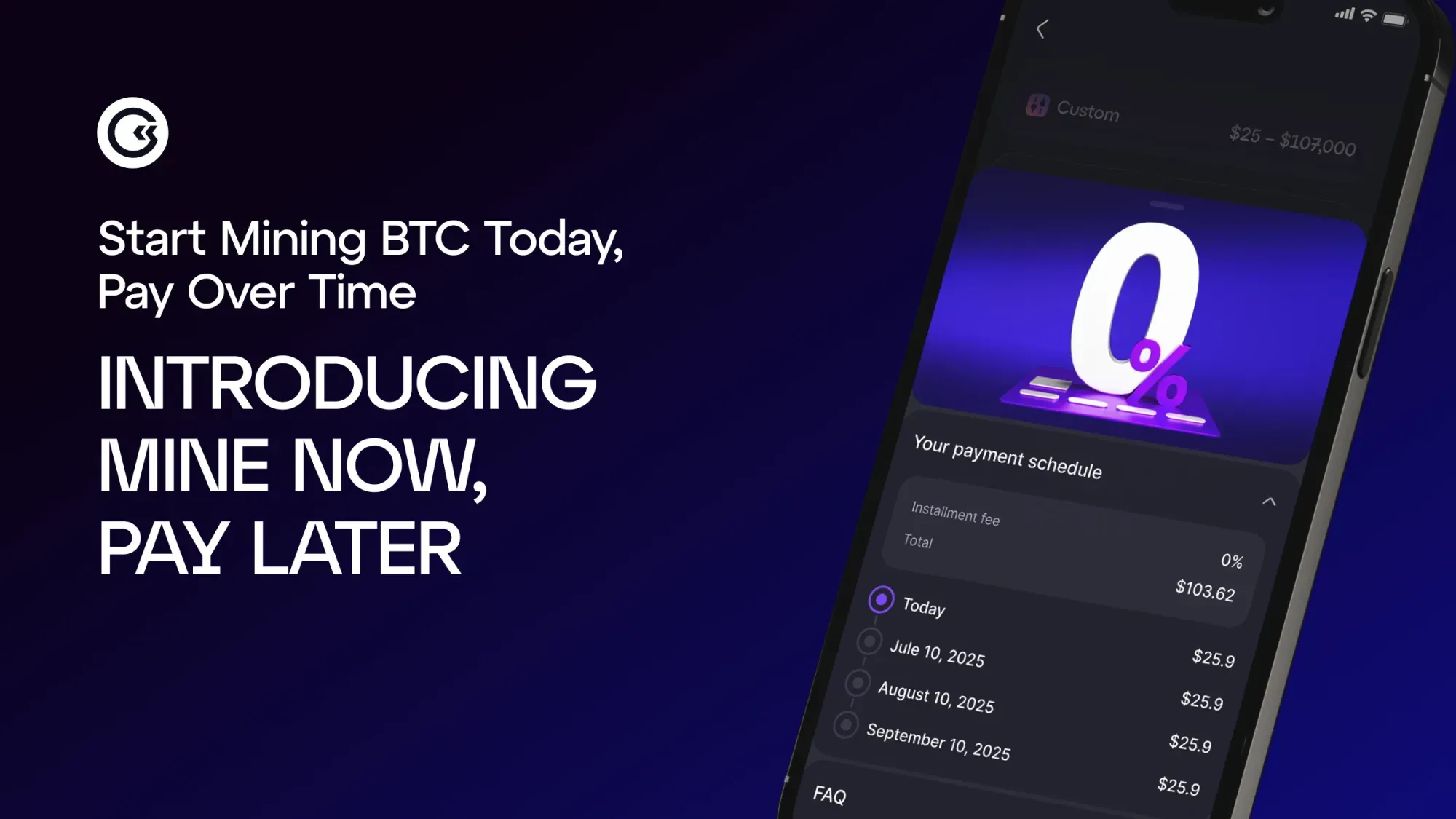Summary
Explore blockchain cross-border payments and how Bitcoin changes international transactions. From faster crypto cross-border transfers to choosing the best Bitcoin trading platform.
Introduction
Sending money abroad has been painful for far too long. If you’ve ever had to wait days for a transfer to land, or noticed that fees swallow up more than you’d like, you’ll know exactly what we mean. Behind the scenes, payments bounce from bank to bank, with each one adding delays and costs along the way. On average, sending money internationally can eat up more than 7% of the amount you send. In some cases, it’s even worse.
That cost isn’t just a number. For businesses, it adds friction to every invoice and contractor payment. For migrants, it means relatives back home get less than they should. And for millions without access to traditional banking, it means being left out altogether. For decades, international money movement has been less about convenience and more about compromise.
Now picture something different. A system that removes the middlemen. Where transfers don’t take days but settle near-instantly. Where “conversion fees” are slashed to a fraction of the usual cost. And where all you need is an internet connection and a digital wallet. That’s the promise of bitcoin and blockchain: not just another payment option, but a complete rethink of how money moves across borders.
In this article, we’ll look at how Bitcoin is changing the conversation around cross-border finance. We’ll explain how the old systems work, why blockchain for cross border payments is such a shift, and the benefits and challenges of crypto cross border payments. We’ll also peek at what’s coming next — from the Lightning Network making small transfers almost instant, to how Bitcoin could sit alongside CBDCs and stablecoins in a more open, global financial system.
Traditional International Payments: How They Work
When you send money abroad today, it usually has to travel through a chain of banks before it gets to where it’s going. Say you’re sending money from London to Lagos. Your bank won’t send it directly — it’ll rely on another bank in the middle, and the SWIFT system to move the funds along. Each stop adds a fee, slows things down, and creates more paperwork.
If you’re sending money as an individual, that means waiting days for it to land, and watching fees chip away at what arrives on the other side. If you’re a small business or freelancer working internationally, the pain is worse. An invoice can be delayed, cut down by exchange rates, or tied up in checks before it clears.
And for people in developing regions, the hurdles are even higher. Millions don’t have access to traditional banking at all. That makes remittances — the money migrants send home to family — some of the most expensive and time-consuming transfers of all.
How Bitcoin Enables International Payments
Bitcoin works differently to traditional payments. Instead of passing through a chain of banks and middlemen, a Bitcoin transfer is direct: peer-to-peer. All you need is an internet connection and a digital wallet. No bank account, no branch, no third-party provider.
Each payment is written onto the blockchain — a shared public record that’s updated and secured by thousands of computers around the world. Once a transaction is confirmed, it’s permanent. It can’t be altered or quietly undone, which makes it both transparent and reliable.
The contrast with the old system is stark. A cross-border bank transfer might take three to five working days, with fees deducted at every step. A Bitcoin transfer can settle in minutes. For someone working remotely — say a freelancer in Nairobi with a client in Berlin — that means getting paid almost instantly, without waiting days or losing money to conversion charges.
It’s also borderless. Bitcoin doesn’t care about exchange rates, borders, or banking networks. If you can get online, you can send or receive value. That opens doors for people in parts of the world where traditional banking is limited or expensive.
And because every transaction is on the public ledger, the system is more accountable. Delays and errors don’t vanish into the background — they’re visible. Add to that the security of Bitcoin’s proof-of-work system, which makes tampering practically impossible, and you have something very different from legacy payments infrastructure.
At its core, Bitcoin removes the need to trust a single financial institution. Trust is built into the network itself — a new model for moving money that feels simpler and more open.
Advantages of Bitcoin in International Transactions
The benefits of using Bitcoin to transfer money internationally aren’t just ideas on paper anymore — they’re already making a difference for people and businesses.
Lower costs
Traditional cross-border payments are weighed down by fees at every stage — from correspondent banks to conversion rates and processing charges. By the time the money arrives, the person receiving it often gets less than expected. Bitcoin strips away most of those layers. The only fees are network fees, usually a fraction of what a bank would charge. That matters to everyone, but it’s especially important for migrant workers sending small amounts home, where even a few dollars saved can mean food on the table.
Faster payments
Bank transfers can take days, and even longer if they cross multiple systems or hit a weekend. Bitcoin transactions settle in minutes. With the Lightning Network, they can be near-instant. That puts it on par with payment giants like Visa or Mastercard — and in some cases, even faster. For businesses, it means smoother cash flow. For individuals, it means less waiting around.
Wider access
Billions of people don’t have a bank account. But many do have a smartphone. With just a device and a Bitcoin wallet, they can send and receive money directly. For those communities, Bitcoin isn’t just another option — it’s an entry point into the global economy, and a step toward financial inclusion.
More control
Bitcoin doesn’t rely on a single government or authority. That makes it harder to block or censor. For people living under strict capital controls, or in countries where inflation and currency instability erode savings, Bitcoin offers an alternative: a way to store and move value when traditional systems can’t be trusted.
Put together — lower costs, faster speed, better access, and greater control — it’s clear why Bitcoin has become a lifeline in parts of the world facing economic turmoil. In those places, it isn’t about speculation. It’s about survival.
Challenges and Risks of Using Bitcoin for Payments
Bitcoin isn’t a silver bullet. Like any new technology, it comes with challenges and risks you can’t ignore.
Volatility
The value of Bitcoin can change quickly — sometimes within hours. That creates uncertainty for both senders and recipients, who might find the amount they send isn’t the same as what arrives in real terms.
Regulation
Governments around the world are still working out how to treat Bitcoin. Rules vary by country, and restrictions often focus on anti-money laundering (AML) and know-your-customer (KYC) requirements. The regulatory picture is still evolving, which adds complexity for businesses and individuals alike.
Adoption barriers
While progress is being made, relatively few merchants accept Bitcoin directly today. That creates friction between crypto and traditional payment systems, and limits its usefulness for everyday spending.
Scalability
The Bitcoin blockchain is secure, but it wasn’t designed for high volumes of transactions. As mentioned, solutions like the Lightning Network help make payments faster and cheaper, but scaling to mass adoption remains a technical challenge.
Taken together, these hurdles mean Bitcoin works best as a complement to existing payment systems — not a full replacement, at least for now.
Case Studies of Bitcoin in International Payments
Bitcoin isn’t just theory anymore. It’s already being used in real situations around the world.
Remittances
In countries like the Philippines and Mexico, migrant workers are turning to Bitcoin to send money home. It’s faster and cheaper than traditional money transfer operators, meaning families receive more of what’s sent.
Crisis-driven adoption
In places like Venezuela and Argentina, where hyperinflation has wrecked local currencies, people have turned to Bitcoin as an alternative. It’s been used as a way to store value and make payments across borders when the national money stopped working.
El Salvador
El Salvador made headlines when it became the first country to make Bitcoin legal tender. The government’s Chivo wallet, combined with the Lightning Network, was designed to make remittances quicker and more affordable for millions of citizens.
NGOs and aid
Some humanitarian organisations have also begun experimenting with Bitcoin to deliver support in crisis zones. By using the blockchain, they can send funds directly, bypass banks, and confirm when the money has arrived.
These examples show how Bitcoin can step in where traditional banking is too slow, too costly, or simply unavailable.
The Role of the Bitcoin Lightning Network
We’ve mentioned it but let’s take a closer look. Here’s the thing, Bitcoin’s main network has its limits. When lots of people are using it at once, transactions can slow down and fees rise. The Lightning Network was built to fix that. It takes payments “off-chain,” so they can be settled instantly, and only updates the main blockchain later.
How it works
Two people (or businesses) open a payment channel. They can send money back and forth as many times as they like, instantly and at very low cost. Only the final balance is recorded on the blockchain.
The benefits
Lightning means much lower fees, near-instant transfers, and the potential to scale Bitcoin payments to match — or even beat — the speed of global card networks.
Real-world use
It’s not just theory. As we mentioned, companies like Strike and El Salvador’s Chivo wallet are already using Lightning for everyday payments and remittances. And it’s an important point. If adoption keeps growing, Lightning could become more than just an add-on. It could turn into a payment network in its own right — one that competes directly on speed and cost with the biggest players.
Earn Bitcoin the Smarter Way with GoMining
When people hear about Bitcoin, one of the first questions is: how do you actually earn it in a way that feels simple and sustainable? Traditionally, the answer was mining — running powerful machines that keep the Bitcoin network secure. But the reality is, setting up your own mining rig isn’t exactly straightforward. The cost of hardware, electricity, and constant maintenance puts it out of reach for most of us.
That’s where GoMining changes things. Instead of filling your garage with noisy machines, GoMining gives you access to virtual miners powered by real infrastructure. You get the rewards of mining without the hassle — and your payouts arrive straight into your account in Bitcoin.
It works like this: log in, choose your virtual miner, and GoMining takes care of everything else. They handle the equipment, energy supply, and day-to-day upkeep. All you see are your daily Bitcoin earnings, with complete transparency along the way.
For anyone who wants to own Bitcoin but doesn’t want the stress of trading or the complexity of mining themselves, it’s a genuine alternative. Whether you’re sending crypto home to family, saving for the future, or simply diversifying your portfolio, GoMining makes it easy to add Bitcoin to your plans.
In short, GoMining makes mining approachable. No jargon, no barriers — just a simple way to earn Bitcoin, day after day.
Discover gomining.com and see how simple it can be to start earning Bitcoin today.
Conclusion
Bitcoin is showing it’s more than just something to speculate on. It’s part of a bigger shift in how money moves around the world — one that challenges the old way of doing international payments by making them faster, cheaper, and more accessible.
That doesn’t mean Bitcoin will replace everything else. Central bank digital currencies (CBDCs) and stablecoins are quickly emerging, and the most likely future is one where all these systems coexist. Bitcoin will sit alongside new forms of digital money and the traditional rails we already use.
What’s clear is that blockchain cross border payments have already changed the conversation. So, whether it’s Bitcoin, DLT, or other FinTech solutions, the days of slow, expensive transfers are on the way out. The future of money is heading towards something more open, more transparent, and more global.
FAQ
How does Bitcoin work for international money transfers?
It uses a decentralised distributed ledger technology where transactions are verified by a consensus mechanism instead of banks. This allows money to move directly from sender to recipient, without middlemen.
Is Bitcoin cheaper than bank transfers for cross-border payments?
Usually, yes. Even when you include network fees or conversion fees, it’s often cheaper than going through multiple banks. With the Lightning Network, costs drop even further.
What countries use Bitcoin for remittances?
The Philippines, Mexico, and Nigeria see strong use cases, alongside countries like Venezuela and Argentina where currency depreciation drives people toward crypto. El Salvador’s adoption is the most formal use case.
Can Bitcoin replace SWIFT?
Not yet. While Bitcoin offers an alternative model, SWIFT still dominates due to its scale, compliance infrastructure, and deep integration with the banking system. Bitcoin could complement or compete with certain corridors, but a complete replacement would require mass global adoption.
How does the Lightning Network improve international payments?
It enables instant fund transfers with very low fees by settling off-chain and later updating the main blockchain system. This makes it viable for small transactions, retail payments, and large-scale remittances.
What are the risks of sending Bitcoin abroad?
The biggest risks are price volatility risk, changing regulations, and the chance of mistakes (like sending to the wrong wallet address). Users should also be aware of regulatory compliance requirements like anti-money laundering checks.
October 13, 2025













